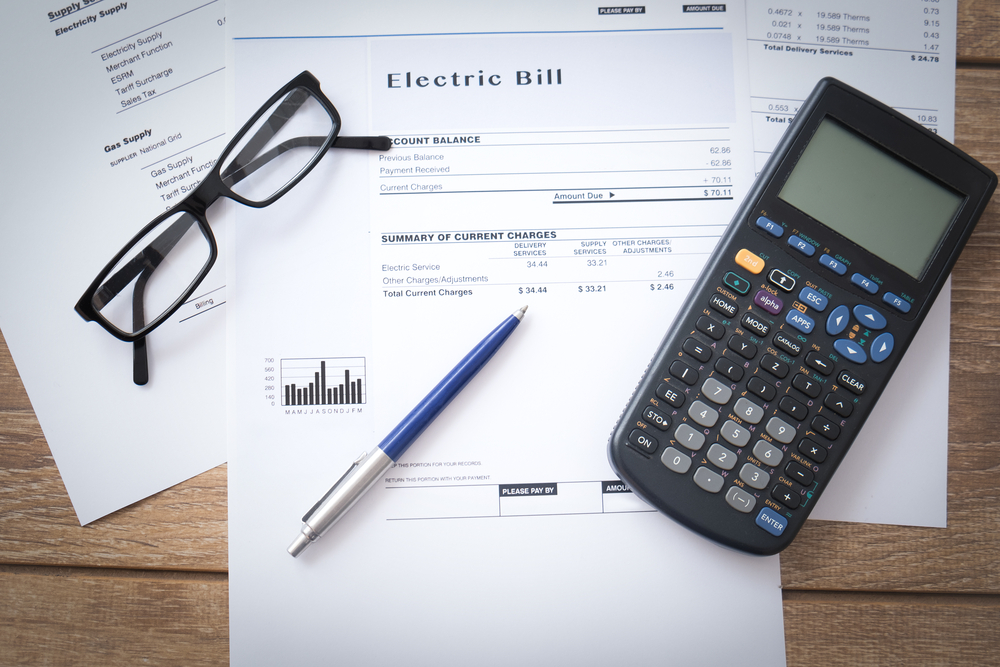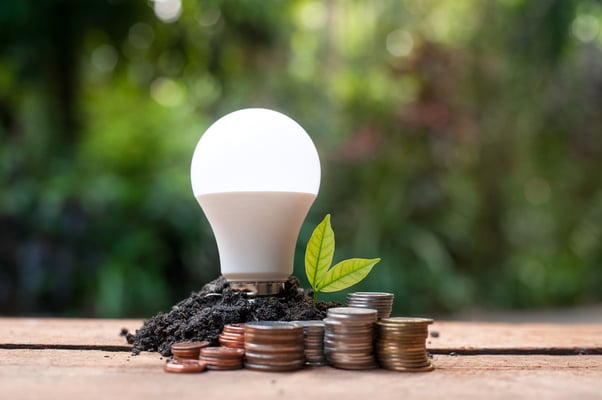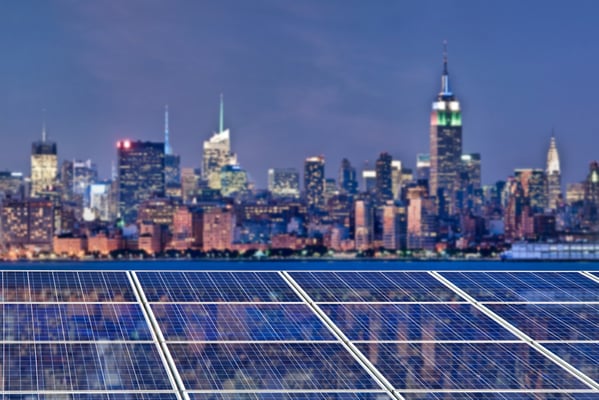How to Finance Building Upgrades: Using a Blended Payback Period

Building retrofits can greatly reduce energy consumption and greenhouse gas emissions. However, the first step is finding the most suitable energy efficiency measures. Since each building is unique, the same technology can have very different results when used in multiple properties. Energy consultants recommend deploying several measures at once since those with a quick payback can help pay for measures with a longer payback.
The NYC Urban Green Council analyzed the typical payback period of various energy efficiency measures:
- Lighting retrofits, ventilation upgrades, and building controls tend to have the quickest payback periods in office buildings, 2-3 years on average.
- Motor replacements, heating upgrades, and air conditioning upgrades have a slightly longer payback period, typically around 5 years.
- Major HVAC upgrades, renewable generation, and building envelope improvements have the longest paybacks, 7-8 years on average.
These are just average values, based on data from NYC buildings that benchmark their energy consumption. In actual projects, some energy efficiency measures may achieve a payback period of just a few months, while others require more than 10 years to recover the initial investment.
Identify the most effective energy efficiency measures for your building.
What Is a Blended Payback Period?
The payback period of energy efficiency measures is often calculated individually. However, you can also add all their upfront costs and annual savings, to determine the payback period of an overall energy efficiency project. This is called a blended payback period.
With a blended payback period, measures with a longer payback period can be justified financially. As an example, assume a building owner is considering the following upgrades (the costs and savings are assumed for demonstration):
|
Building Upgrade |
Upfront Cost |
Annual Savings |
Payback Period |
|
LED lighting |
$100,000 |
$60,000 |
1.7 years |
|
Lighting controls |
$6,000 |
$5,000 |
1.2 years |
|
Variable speed drives for motors |
$40,000 |
$16,000 |
2.5 years |
|
HVAC system upgrade |
$800,000 |
$100,000 |
8 years |
|
Solar power system |
$250,000 |
$50,000 |
5 years |
|
Totals & Blended Payback |
$1,196,000 |
$231,000 |
5.2 years |
In this case, the HVAC upgrade by itself has a payback period of 8 years, but the overall project has a blended payback period of slightly over 5 years. In this case, the overall project can cover its upfront cost more quickly than the HVAC upgrade alone.

Building owners often use loans to cover the cost of building upgrades. This eliminates the upfront cost, and the loan is paid with the savings achieved. However, the same principle applies: expensive measures with a longer payback are easier to finance when combined with other measures that have a shorter payback.
Assume a loan is used for the measures in the example above, with a yearly interest rate of 3% and a repayment period of 10 years.
- A loan of $1,196,000 would result in annual payments of $138,584. These payments can be easily covered with savings of $231,000, leaving net savings of $92,416 at zero upfront cost.
- A loan of $800,000 for the HVAC upgrade resulted in annual payments of $92,698. With $100,000 in savings, only $7,302 is left after paying the debt.
Even when loan financing is used and the payback period is zero, energy efficiency measures with longer payback periods can be combined with others to make the project easier to finance.
Reducing Building Emissions with Combined Energy Efficiency Measures
Buildings can save more energy by implementing a larger number of energy efficiency measures, and this is critical for NYC buildings that must reduce their emissions under Local Law 97 of 2019. However, the potential energy savings are limited when building owners only choose upgrades with a quick payback.

For example, if a building owner only deploys energy efficiency measures with a payback period of less than three years, there will be few options beyond LED lighting and automatic controls. These measures alone will only reduce total consumption by a small percentage since HVAC systems consume the most energy in residential and commercial buildings.
- For example, LED lighting can reduce lighting expenses by over 50% in many cases.
- However, if lighting only represents 16% of energy consumption in a building, this measure will only save 8% of the total consumption.
Energy efficiency upgrades can be more effective by following a whole-building approach, instead of deploying individual measures as separate projects. Energy modeling software is a powerful tool for decision-making: it analyzes how different measures interact, and it allows a quick comparison of several alternatives. Under the traditional approach, energy efficiency upgrades are analyzed individually, and assuming a typical building - the estimated savings often differ from the actual savings achieved.

Michael Tobias
Michael Tobias, the Founding Principal of NY Engineers, currently leads a team of 50+ MEP/FP engineers and has led over 1,000 projects in the US
Join 15,000+ Fellow Architects and Contractors
Get expert engineering tips straight to your inbox. Subscribe to the NY Engineers Blog below.



